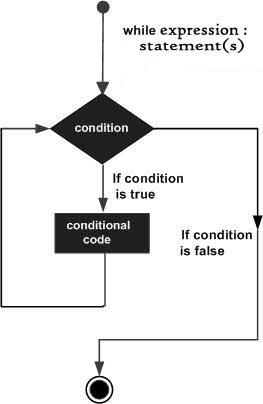 您現(xiàn)在所在的位置:首頁(yè) >學(xué)習(xí)資源 > Python全棧+人工智能入門(mén)教材 > Python基礎(chǔ)入門(mén)教程35:Python while 循環(huán)語(yǔ)句
您現(xiàn)在所在的位置:首頁(yè) >學(xué)習(xí)資源 > Python全棧+人工智能入門(mén)教材 > Python基礎(chǔ)入門(mén)教程35:Python while 循環(huán)語(yǔ)句
Python開(kāi)發(fā) Python教程 Python基礎(chǔ)


Python交流群
635448130點(diǎn)擊加入群聊UI設(shè)計(jì)交流群
579150876點(diǎn)擊加入群聊Unity交流群
495609038點(diǎn)擊加入群聊HTML5交流群
645591648點(diǎn)擊加入群聊